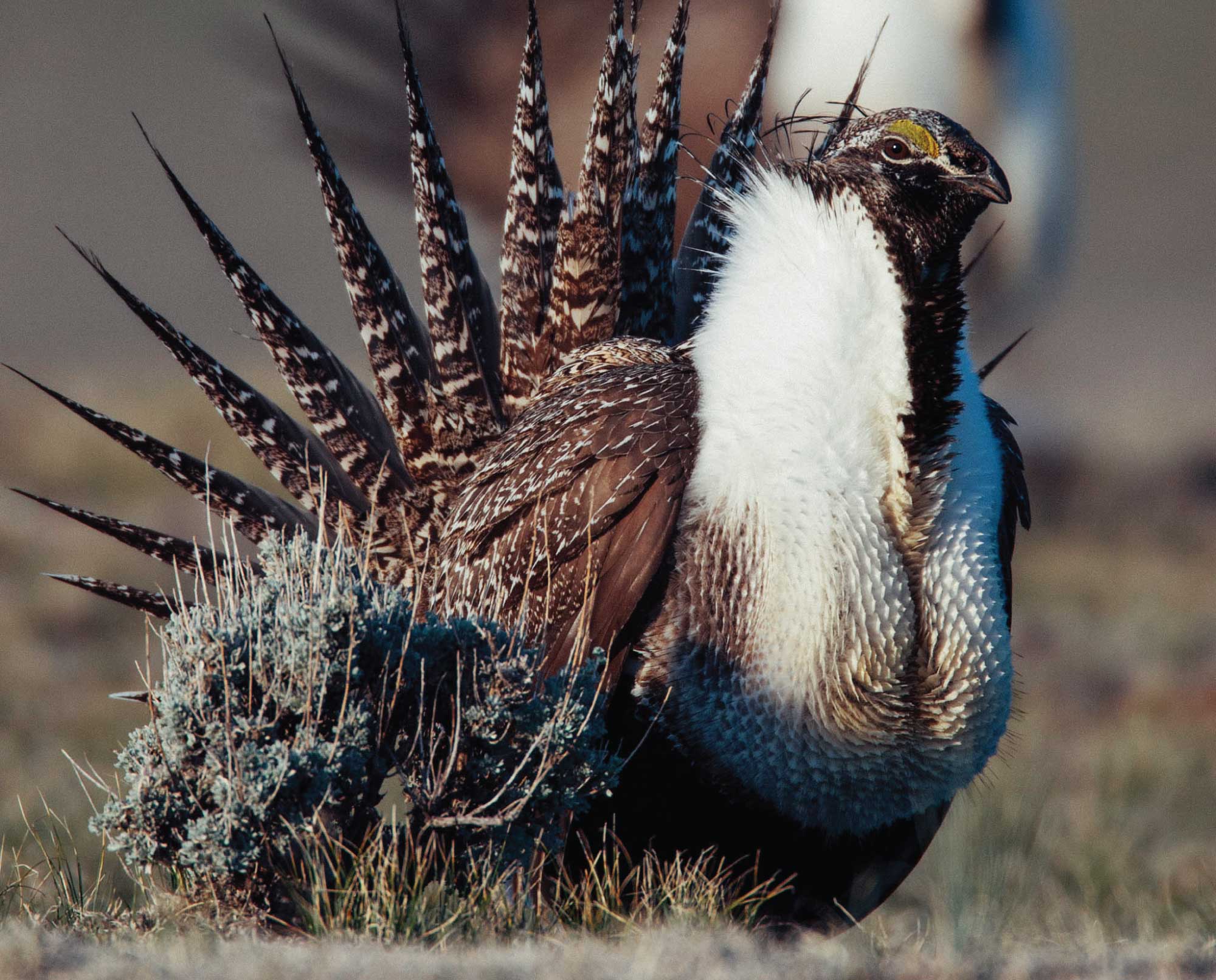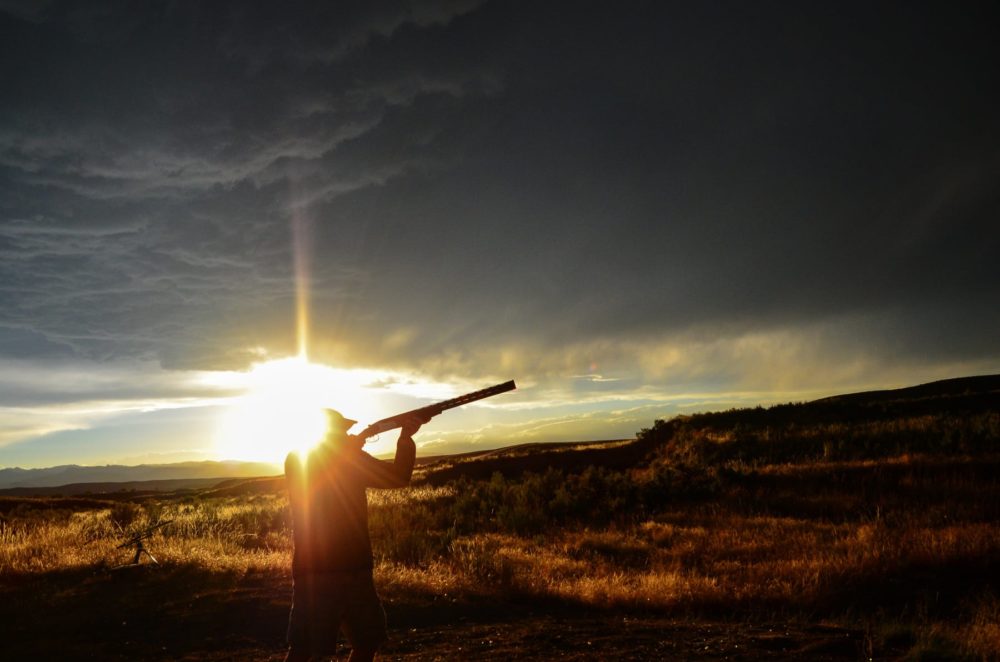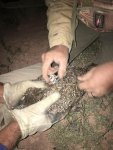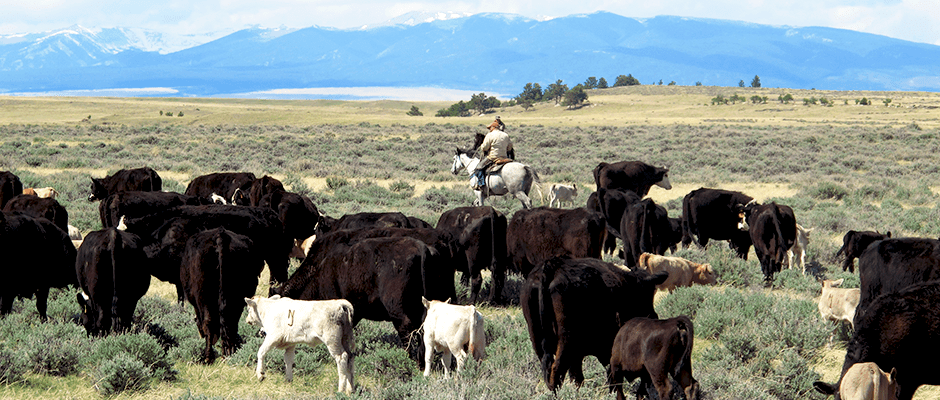Really well done article about sage Grouse, and what's happening to those big expanses of public land we all love:

 projectupland.com
projectupland.com

The Sage Grouse Crisis has Reached Critical Mass
Sage grouse numbers are worse than we thought; the crisis is symbolic of the American political divide and is on the way to catastrophe.








